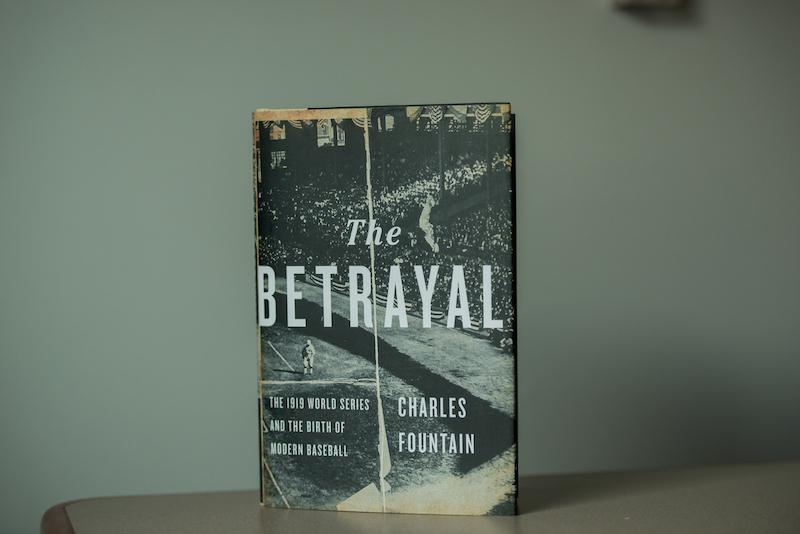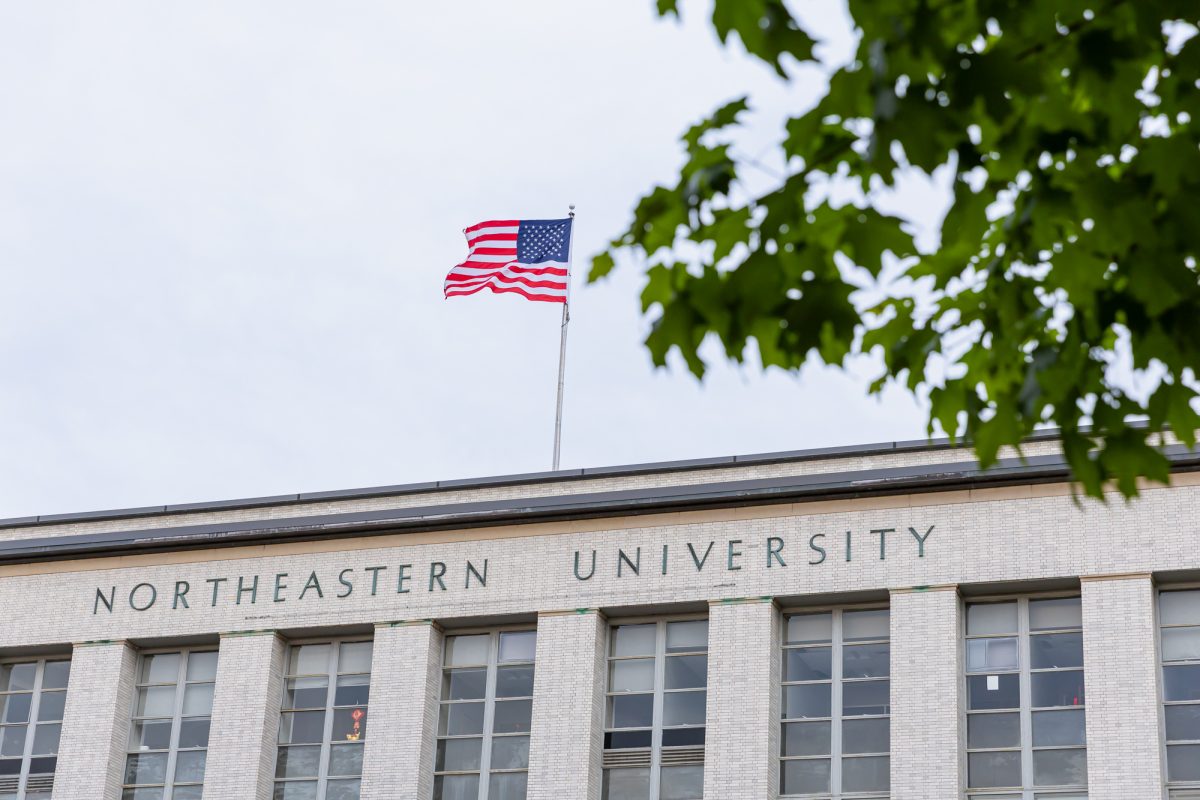By Vanessa Nason, news correspondent
For many professors, writing is a natural next step in their careers as academics, and those at Northeastern University are no exception. Gary Goshgarian, the author of eight thrillers, is a professor in the English department. Michael Patrick MacDonald, who wrote two memoirs about his life growing up in Boston and connecting with his Irish roots, is an author-in-residence with the Honors Program. Professors publish books on foreign policy, crowdsourcing, masculinity in British imperial culture – the list goes on and on. The News compiled a sampling of books released in the last year.
“Raising Generation Rx: Mothering Kids with Invisible Disabilities in an Age of Inequality,” by Linda Blum
“Raising Generation Rx” addresses invisible conditions ranging from attention deficit disorder to high-functioning autism spectrum disorders. These diseases, according to Associate Professor of Sociology Linda Blum, are frequently misunderstood.
“In the 20th Century, mothers were quite directly blamed for children’s struggles,” Blum said. She cited so-called refrigerator mothers whose frigidity was believed to cause their children’s autism.
Blum’s newly published book examines how mothers of different class and racial backgrounds deal with their children’s disabilities, how they advocate for their kids and how much blame they feel – all while grappling with decisions regarding psychoactive medication and different therapies.
She sees the stigma of invisible disabilities as part of a much larger problem.
“These actually represent large public questions about inclusion, diversity and whether we can become a more caring society,” she said. “I hope readers will take away a larger sense of the significance of these issues.”
“Randomized Response and Related Methods: Surveying Sensitive Data, Second Edition,” by James Alan Fox
In this second edition of his book originally published in 1986, Criminology Professor James Fox expands his guide to conducting surveys which ask respondents to disclose sensitive information.
Talking about what Fox calls socially undesirable topics, like unpopular beliefs or embarrassing or illegal behavior, is often necessary, he said. Much of what we learn about attitudes, opinions and behavior come from such surveys. Due to the sensitive nature of such questions, respondents often lie, skewing important data.
“We often assume that surveys provide accurate information about health conditions, political ideology or deviant behavior, even though respondents often have reason to lie or conceal sensitive information,” Fox said. “Unfortunately, we sometimes have to approach these data with a whole shaker of salt.”
The newest edition of his book explains updated ways to craft such surveys in order to accurately receive information without jeopardizing respondants’ privacy.
“Life on Display: Revolutionizing U.S. Museums of Science and Natural History in the Twentieth Century,” by Karen A. Rader and Victoria E. M. Cain
Victoria Cain, an assistant history professor at Northeastern, has always been fascinated by the way museums are used to teach. Her new book analyzes the way museum displays have changed between the 19th and 20th Centuries, leading to simultaneous practices in science, science education and museums as a whole.
“I’m fascinated by how people translate ideas into spatial and visual forms, and also by the ways people have used visual culture to teach, persuade and sometimes coerce,” she said. “The history of museum display is a terrific way to explore some of these topics.”
The 20th Century saw museums defined by their exhibitions, and, as Cain explains in her book, exhibitions were not showcases of scientific fact. Rather, they were resultant of arguments and compromises.
“How could I resist the opportunity to read the letters of curators and exhibit-makers, which were filled with juicy, personal details, harrowing anecdotes from expeditions and descriptions of vicious arguments with their colleagues?” Cain said.
“Human Rights Advocacy in the United States,” by Martha Davis, Johanna Kalb and Risa Kaufman
As the faculty director of Northeastern’s Program on Human Rights and Global Economy, and the former vice president and legal director of the National Organization for Women Legal Defense and Education Fund, law Professor Martha Davis is no stranger to human rights advocacy. Now, she’s written the book on it.
“Human Rights Advocacy in the United States” includes case studies that trace human rights advancements in the US, explaining their legal and practical challenges. The book is intended to give students studying human rights law the background knowledge necessary for their own future legal practices, covering a host of precedents from immigration to counterterrorism.
“Human rights awareness is growing in the US, and lawyers working within the US are increasingly using human rights tools in their advocacy,” Davis said. “This casebook will, I hope, help prepare new lawyers for this work and help stimulate more human rights teaching in law schools.”
“The Betrayal: The 1919 World Series and the Birth of Modern Baseball,” by Charles Fountain
The 1919 World Series is a game synonymous with corruption. Before the match between the Chicago White Sox and the Cincinnati Reds, gamblers working for notorious New York mobster Arnold Rothstein pledged $20,000 each to eight White Sox players, the team favored to win, if they threw the game.
They did.
In his newly published book, Northeastern journalism Professor Charles Fountain details the history of this infamous game, how such a scandal was virtually inevitable and recounts how it changed the way baseball has shifted thereafter, in both management and perception by fans. As someone who has always been interested in this story, Fountain said he noticed holes in “Eight Men Out,” a book and 1988 film on the same scandal.
Fountain said he hopes readers take away a sense of the climate surrounding baseball at this time.
“In a lot of ways, baseball at its height of popularity was a mess,” he said. “It suffered from ineffectual governance and something like this was almost inevitable… I hope [readers] mostly sense that this is a good story.”
A previous version of this story incorrectly named “Eight Men Out” “Eight Man Out”
Photo by Scotty Schenck









